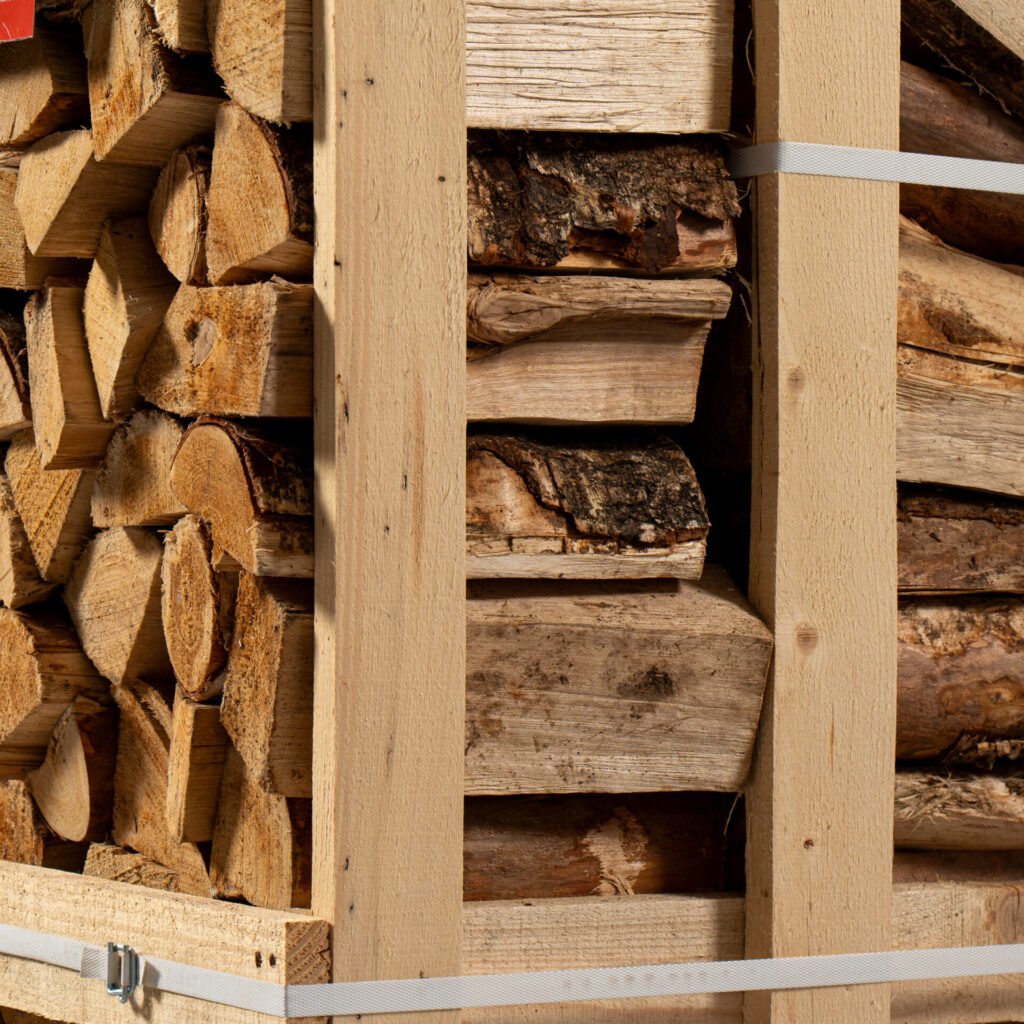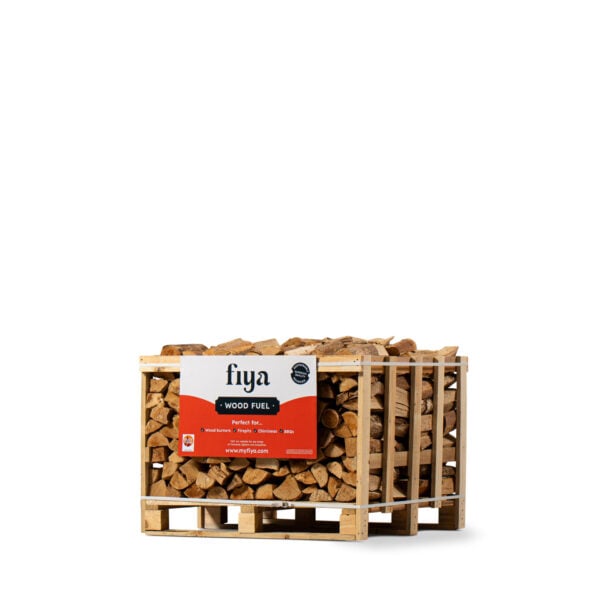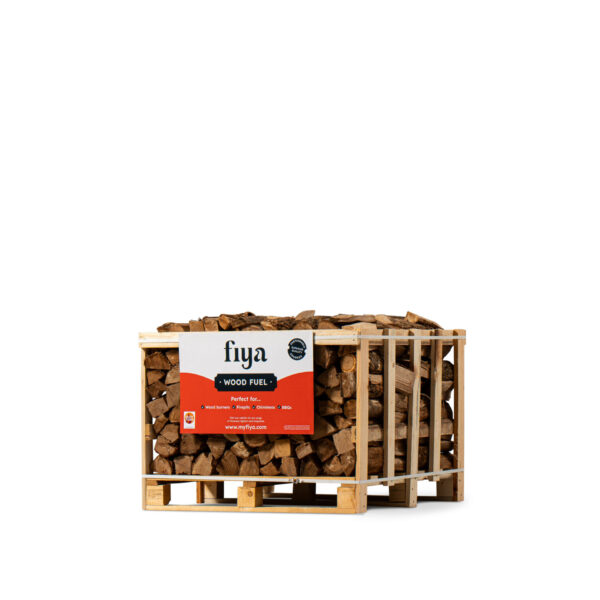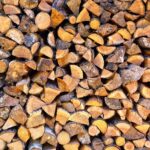Your basket is currently empty!

Understanding Crate Sizes
All measurements of firewood are approximate because it is a naturally grown product. This is particularly so with regard to weight, which can vary due to the drying process and the natural density of different species. We strive to give you the most accurate assessment of the amount of wood you will receive, and to give you the ability to compare our products with the general market, but this has to be viewed on the basis that it is a natural product and both weight and volume can vary.
Weight
When a tree is freshly felled, it will have a very high natural water content, normally as much as 89% moisture content for oak and 76% for birch. We sustainably dry our logs to below 18% and often as low as 10% in the centre, dramatically reducing water content. This creates the perfect log for maximum heat and the cleanest burn from your fire.
The removal of this much water significantly impacts the weight of the logs. A solid cubic metre of green oak would weigh approximately 1060 kg, but when dried, it can weigh as low as 438kg.
We specify the nominal weight of some of our products for ease of comparison, but as you can see, it is impossible to be precise with the actual weight of an individual box or bag, which can vary due to the natural characteristics of the product, even though the volume of logs is correct.
Stacked Volume
Stacked Volume is the gross measurement of tightly stacked logs. The stacking is normally done by hand, achieving a regularised stack with the minimal amount of air spaces. This measurement relates as closely as possible to the actual solid volume of firewood that you receive.
There are two ways to measure the stacked volume of firewood crates, and both are slightly different.
Internal Stacked Volume
Internal Stacked Volume is calculated from the internal dimensions of the
crate. This method represents the actual volume of firewood with minimal air spaces.
External Stacked Volume
External Stacked Volume is calculated from the external dimensions of the crate including the pallet base and is not as accurate an assessment of the actual volume that you receive.
Loose Volume
Loose volume is the age-old traditional way of measuring firewood, as delivery would have been by cart or pickup, the logs having been loaded by throwing them in without any careful stacking, and so a stacked volume calculation was not possible. Because of the haphazard way the logs are stacked, there are much larger air spaces and so the amount of firewood that you receive is much less than with either internal or external stacked volume.
And so we have three different methods of measuring the same product. Here at Fiya we believe that you as our customer need the facts in order to make an informed decision, and so we provide you with all three measurements for our firewood crates.
We specify a loose volume equivalent, because a lot of traditional firewood merchants still use this convention and it is important that you can easily compare our products with this. The industry accepted conversion rate is that loose volume is 1.67 times larger than internal stacked volume and so you only receive about 60% as much firewood if you purchase by loose volume compared with internal stacked volume.
We also specify both internal and external stacked volumes as both are commonly used, and so you can easily make comparisons.
The comparative sizes of our crates can be found in the table below:
| Crate | Internal Stacked Volume M3 | External Stacked Volume M3 | Comparable Loose Volume M3 |
| Midi Crate | 0.77 | 1.04 | 1.29 |
| Maxi Crate | 1.54 | 1.88 | 2.57 |
| Mega Crate | 2.31 | 2.92 | 3.86 |
This clearly shows the vast disparity among the three methods, and we hope this article helps you compare the marketplace more easily.
Fun fact: Our Mega Crates are actually Midi Crates stacked on top of Maxi Crates.





